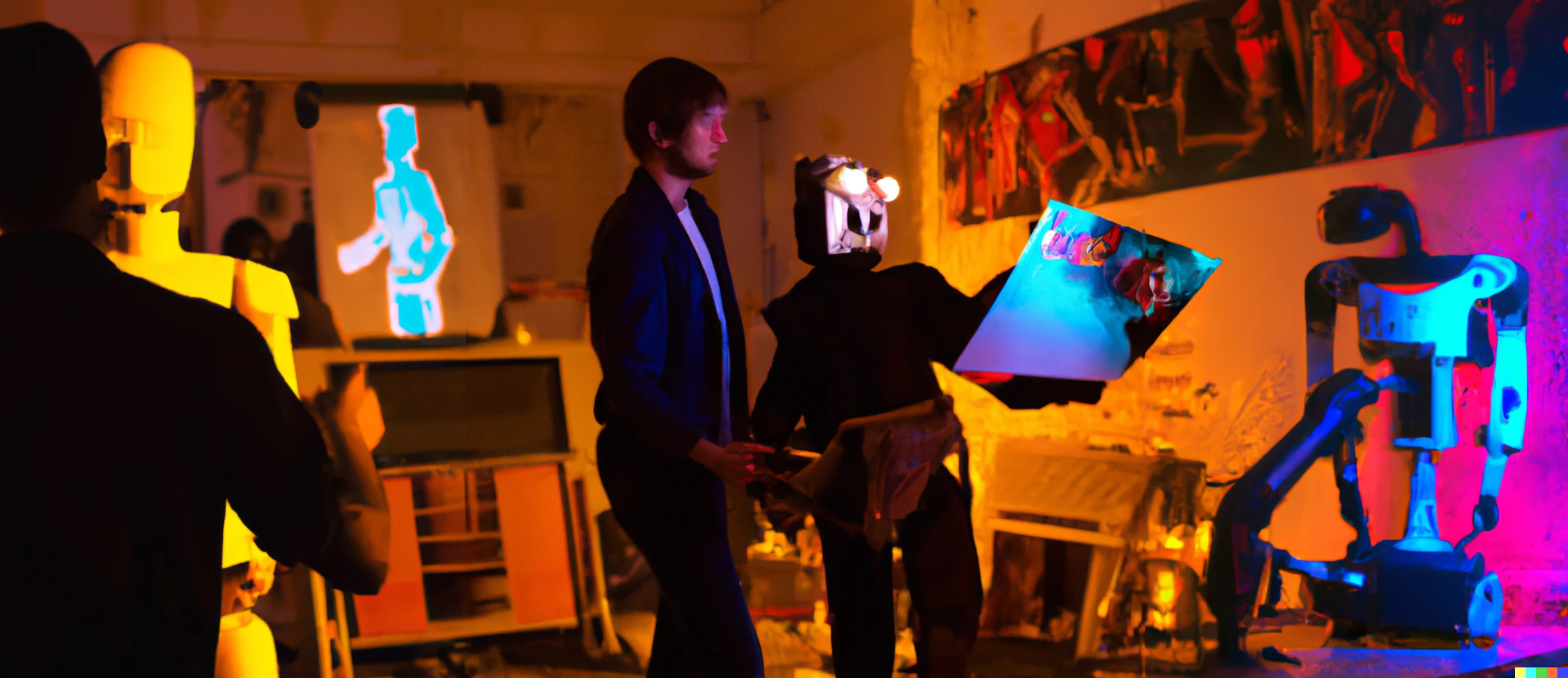Some data you may already be aware of. For instance this old snippet:
“Up to 97% of programmatic campaigns lack a targeted creative for each audience segment,” according to research by AppNexus from 2017.”
You may also be familiar with
A study of 6,000 winning Effie campaigns by AdAge and Mark Ritson has found that ads that took the most risks delivered by far the best results (AdAge).
The bottom line here is that you should be as brave as you possibly can with the new territory. You can now use data to take a range of risks and calculate the pay off with accuracy.
The other side of creativity is that there is no substitute for being truly creative, which an algorithm is going to struggle to create. Connecting separate abstract ideas is a core part of the way the human brain works, and understanding why they work will almost never be replaced.
So how can we use data to inform where we should bet on bravery? You will have seen various versions of a double diamond in design thinking. However, you can use similar principals to manage the data to inform brave decisions.
This method works for advertising creative, but it also works for any other form of innovation, from product design to UX to technology.
All data-driven creativity starts with the research into your audience and your product. In this phase more is more. There are a number of workshop and process steps you can take to synthesise the information down into the most important parts. However, what you are looking for is:
- Audience drivers
- What makes the product or service relevant to them
- What your competition is doing so you can be distinct and ownable.
This allows you to start building themes and patterns and clusters of ideas into the best 10 areas that are worth exploring for your demographic. Thinking laterally and bringing in ideas from a range of places will help. At this point, no idea is a bad one, but you want to look for the bravest ideas. Ones that make you stand out or cut deep to the heart of the campaign.
Once the test creative is underway you want to be able to use Chi-Squared and P-tests to determine the significance of the results. If you are planning to hit 1 million people with the final creatives, you are going to need to get 384 clicks per creative to get a 95% confidence in the results. This means that if you have 10 creatives at $3 per click, you need to plan to spend at least $12k on the test.
If the test isn’t advertising, you need to find 384 participants in the process for an audience of 1 million people, as long as the sample is random from that specific group. If you want to increase the chances to 99% then you need 16000 people to participate in your test.
A few other guidelines on the testing process. You need to keep the test subjects as narrow as possible, so constraints on geography, technology etc are all important. You also need to make sure you can get enough people for a meaningful test. One former client of mine wanted to hit CEOs of particular firms in Adelaide. With a final audience size of around 100 people, you may as well test the creative/product on the whole audience.
At this point, you should narrow it down to your top 2 performing test areas, and create another 10 different variations based on those top-performing pieces. Think laterally and big, but you can also change just one or two small aspects like colour or words. For instance “Shop Now” has shown to outperform “Learn more” by almost 7 times as a call to action.
In narrowing down the creative/demographics to the final 2 or 3 campaigns/test areas, you need to start increasing the budget and the feedback loop. Here there is some theory on reach being a predictor of brand growth, so the second part of being brave is trying to reach as many people as possible.
The last part about testing the strongest areas is that as the final audience ramps up you are going to see a decrease back to a mean of performance.
I have used this process on a number of successful organisations, for a range of product or campaign development and it works very well in a short space of time.












